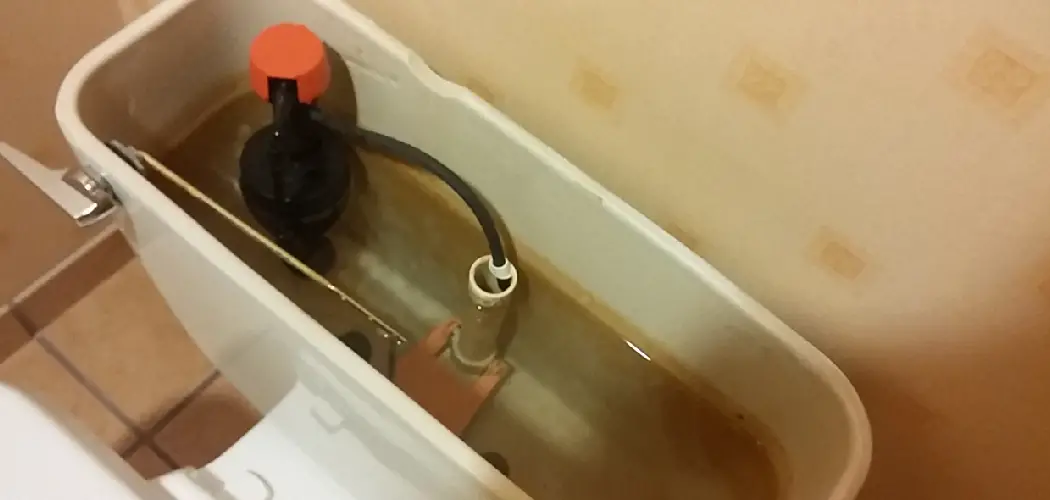Are you experiencing issues with your toilet tank not producing hot water? Don’t worry, it’s a common problem that can have various causes and solutions.
Dealing with hot water in your toilet tank can be an unexpected and perplexing issue. While it may seem harmless at first glance, hot water can indicate problems within your plumbing system, potentially leading to more significant issues. Warm water can be caused by various factors, including faulty plumbing connections, heat transfer from nearby pipes, or even issues with your water heater.
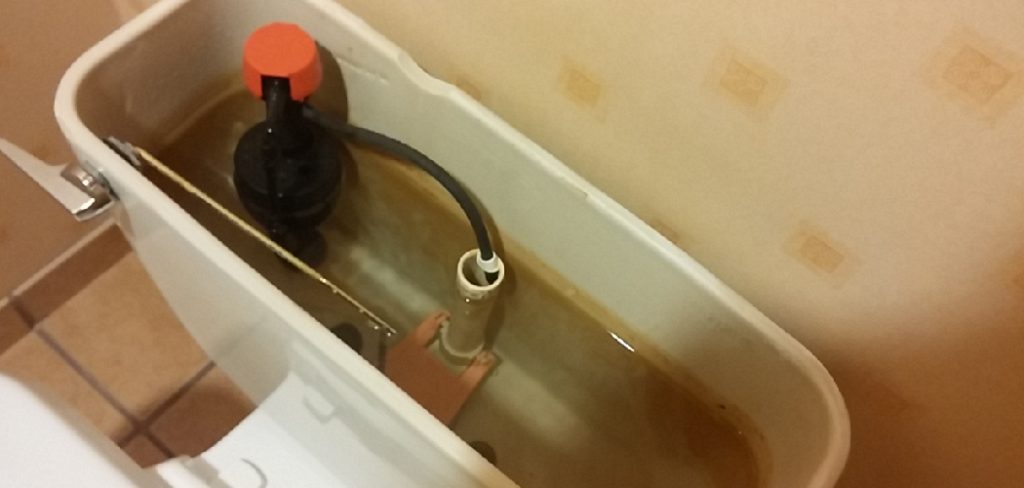
This guide on how to fix hot water in toilet tank, aims to provide you with a clear understanding of the causes behind hot water in your toilet tank and offer practical steps for diagnosing and resolving the problem effectively. With the right approach, you can restore comfort and functionality to your bathroom fixtures.
What Will You Need?
Before diving into the steps of fixing hot water in your toilet tank, make sure you have these essential tools on hand:
- A wrench or pliers
- Replacement washers and gaskets
- Teflon tape
- A bucket
- Towels or rags
Once you have these tools, you can troubleshoot and remedy the hot water issue.
10 Easy Steps on How to Fix Hot Water in Toilet Tank
Step 1: Check the Toilet Tank Connections
Start by examining the connections around your toilet tank. Look for any visibly loose or damaged fittings, allowing hot water to mix with the tank’s cold supply. Use a wrench or pliers to gently tighten any loose connections, but be careful not to overtighten, as this can lead to further damage. If you spot any cracks or wear on the washers or gaskets, these may need replacing to ensure a proper seal. It’s also vital to check the supply line that feeds into the toilet tank; if this line is connected to a hot water source by mistake, it could be the culprit behind the hot water issue.
Make sure all plumbing fixtures are correctly aligned and securely fitted to prevent leaks. After checking and tightening the connections, flush the toilet to see if the issue persists. If the water remains warm, move on to the next step for further diagnosis.
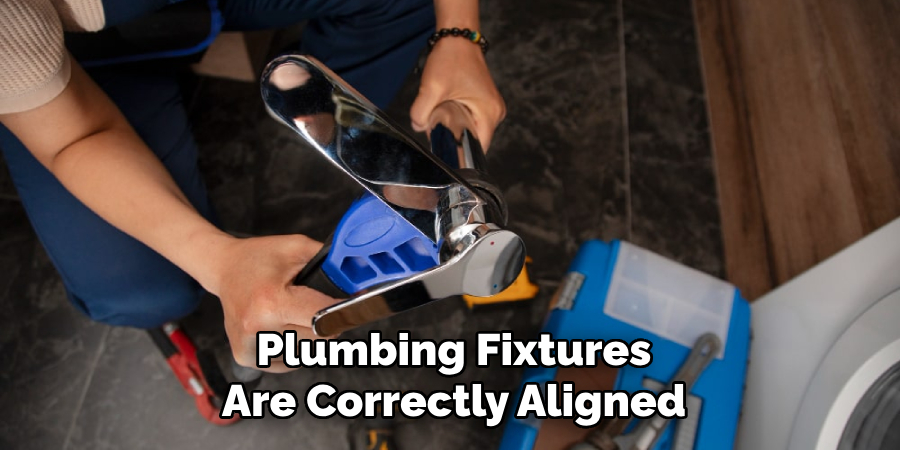
Step 2: Inspect the Water Supply Line
Next, inspect the water supply line leading to your toilet tank. Ensure that the line is connected to the cold water supply valve; this is essential for proper toilet function. Sometimes, the lines may get mixed up during plumbing work or repairs. If the supply line is indeed connected to the hot water supply, this will lead to the warm water problem in your toilet tank. To correct this, you may need to shut off the cold and hot water valves, detach the supply line, and reconnect it to the appropriate cold water source.
Always ensure that your adjustments are secure before testing the system again. Flush the toilet and feel the water in the tank to see if it is now at a suitable temperature. If the issue persists, you’ll need to continue troubleshooting with the next step.
Step 3: Check for Heat Transfer
In this step, you will want to examine the possibility of heat transfer from nearby pipes to your toilet tank. If your toilet is close to hot water pipes, the ambient heat can cause the water in the tank to become warm. To check for this, feeling the pipes around the toilet for warmth can give you an indication. If you suspect heat transfer is occurring, consider insulating the hot water pipes to minimize the heat exchange.
Pipe insulation can be found at most hardware stores and is typically easy to install. After insulating the pipes, flush the toilet again to see if the water temperature in the tank has improved. If you still find that the water is warm, proceed to the next step for further investigation.
Step 4: Assess the Water Heater
If the previous steps have not resolved the issue, it’s time to investigate the water heater. While it may seem unrelated, a malfunctioning water heater can inadvertently affect the water supply to your toilet. Begin by checking the temperature settings on your water heater; it should be set between 120 to 140 degrees Fahrenheit for optimal performance. If it’s set too high, it could lead to hot water entering your plumbing system.
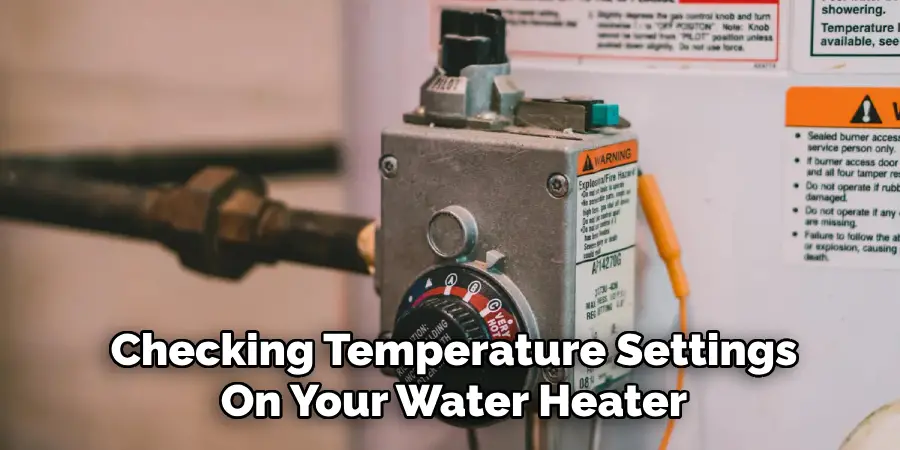
Additionally, inspect for any signs of leaks or corrosion around the water heater, which could indicate a more significant issue. If everything appears normal, consider contacting a plumber or technician to thoroughly examine the water heater’s functioning, as internal malfunctions may require professional intervention. After any necessary adjustments or repairs, test your toilet again to ensure the water temperature is within the proper range.
Step 5: Look for Plumbing Blockages
In this step, you need to check for any blockages in your plumbing that may be affecting the water flow. Sometimes, sediment buildup or debris within the pipes can restrict cold water flow, inadvertently allowing warmer water from other parts of the system to enter the toilet tank. Start by shutting off the water supply to your toilet and then disconnecting the supply line.
Inspect the line for any visible obstructions, and use a plumber’s snake or a similar tool to clear any blockages if necessary. Once everything is cleared, reconnect the supply line securely, turn the water supply back on, and test the toilet’s water temperature after flushing.
Step 6: Examine Toilet Tank Components
If you’re still encountering warm water in your toilet tank, inspecting the internal components of the tank itself is crucial. Begin by removing the tank lid and checking the flapper and fill valve for any signs of wear or malfunction. A faulty fill valve, for instance, could mistakenly draw warm water into the tank instead of cold.
Look for any irregularities or signs of damage, such as corrosion or mineral buildup, which can affect performance. If you notice any issues, replacing the problematic component with a new one is advisable. After making necessary repairs or replacements, refill the tank and flush to see if the water temperature has returned to the appropriate level.
Step 7: Test the Flush Valve
If the warm water issue remains unresolved, the next step is to examine the flush valve for any potential problems. The flush valve allows water to flow from the tank into the bowl during a flush. To inspect it, begin by turning off the water supply to the toilet and draining the tank by flushing. Once the tank is empty, check the flush valve for any signs of wear, cracks, or mineral deposits that may impede its function. If the flush valve has any visible damage or doesn’t form a proper seal, it may allow warm water to enter the tank. In such cases, replacing the flush valve is warranted.
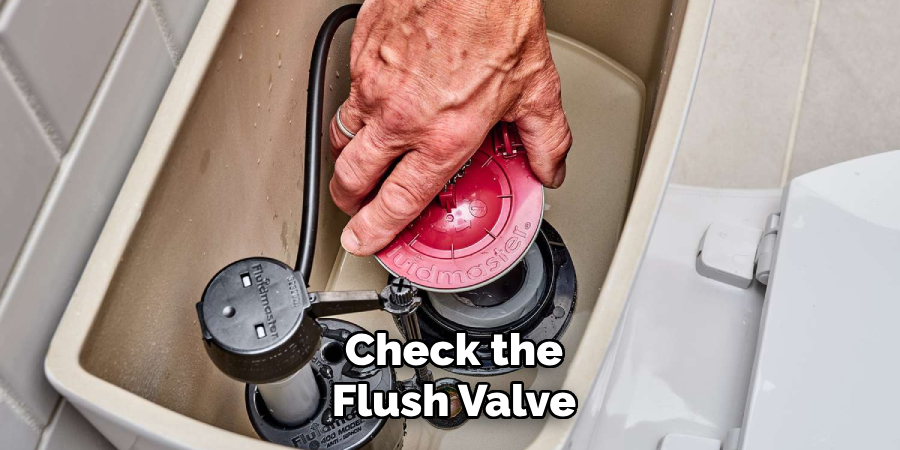
Step 8: Inspect the Toilet’s Water Supply Line
If the toilet tank continues to fill with warm water despite previous checks, the next logical step is to inspect the water supply line again. Ensure that the supply line is not damaged or kinked, potentially affecting water flow. Look for any signs of corrosion or leaks along the line that might allow hot water to seep in. Additionally, ensure that the line is adequately insulated, especially if it runs along warmer areas of the house where heat transfer could occur. If you find any defects or suspect the supply line is compromised, consider replacing it to ensure that your toilet receives only cold water.
Step 9: Evaluate the Overall Plumbing System
If all previous steps have been performed and warm water continues to enter your toilet tank, it’s time to assess your overall plumbing system. Any issues within your home’s plumbing could potentially affect water temperature, such as cross-connections between hot and cold water lines. Begin by inspecting the entire plumbing layout for any areas where the hot and cold lines may be improperly connected, especially in areas undergoing renovations or repairs.
Use a professional-grade thermometer to check the water temperatures at various fixtures to determine if warm water is present elsewhere in the system. If you identify any cross-connections, correcting them is essential. In cases where the problem remains elusive, seeking the assistance of a licensed plumber is recommended to conduct a comprehensive evaluation of your plumbing infrastructure.
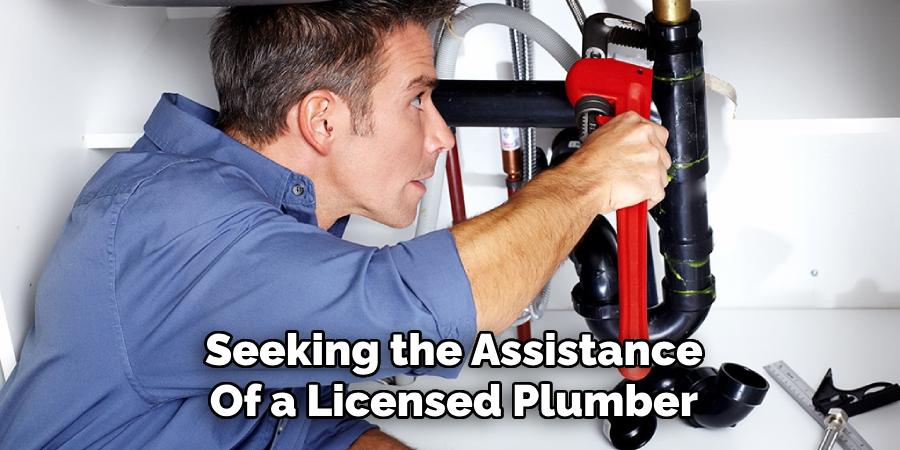
Step 10: Consider Potential External Factors
If you’ve exhausted all previous troubleshooting steps and the warm water issue persists, consider external factors that could be contributing to the problem. One common factor is the temperature of the water supply entering your home, particularly during hot weather when water in municipal lines can warm up. Check your local water provider for any reported temperature anomalies.
Additionally, review your home’s thermal insulation, as inadequate insulation around pipes can lead to heat transfer from hotter areas of the house into the cold water supply lines. If you suspect that external conditions are at play, addressing insulation or contacting your water provider for advice may be effective solutions.
Following these steps, you can identify and address the root cause of warm water in your toilet tank.
Conclusion
In summary, how to fix hot water in toilet tank involves a systematic approach to troubleshooting.
By following the outlined steps—from checking the water heater’s functioning and examining plumbing blockages to inspecting tank components and evaluating the overall plumbing system—you can effectively diagnose the source of the problem. It’s essential to remain thorough in your inspections, taking note of any irregularities that may indicate a malfunction. If the issue persists after all these efforts, don’t hesitate to consult a licensed plumber for expert assistance.
Taking these steps will not only result in a more efficient toilet system but also ensure overall comfort and hygiene in your home.

